A 46,000-year-old worm frozen in Siberian permafrost has been brought back to life, revealing new insights into survival in extreme conditions.
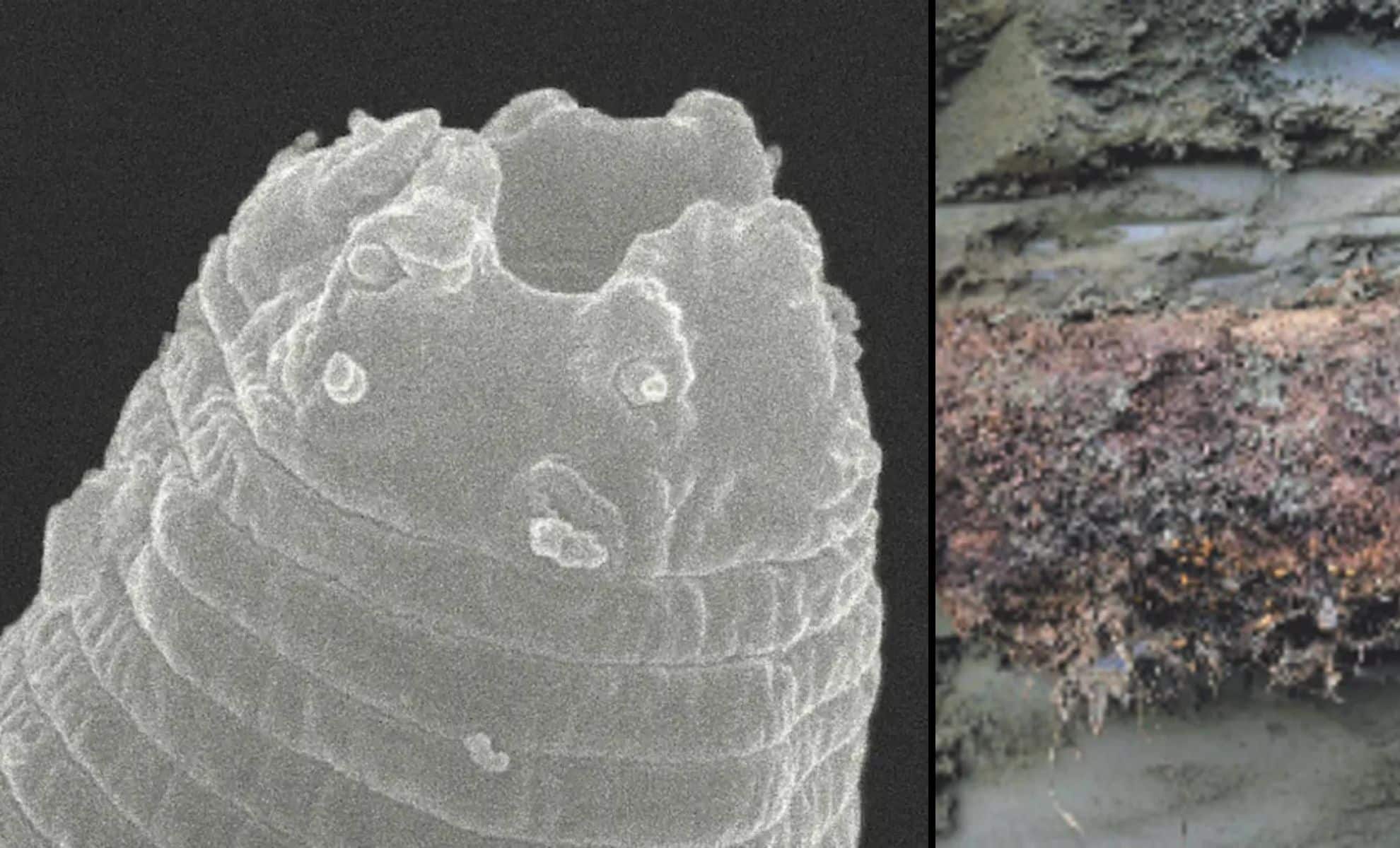

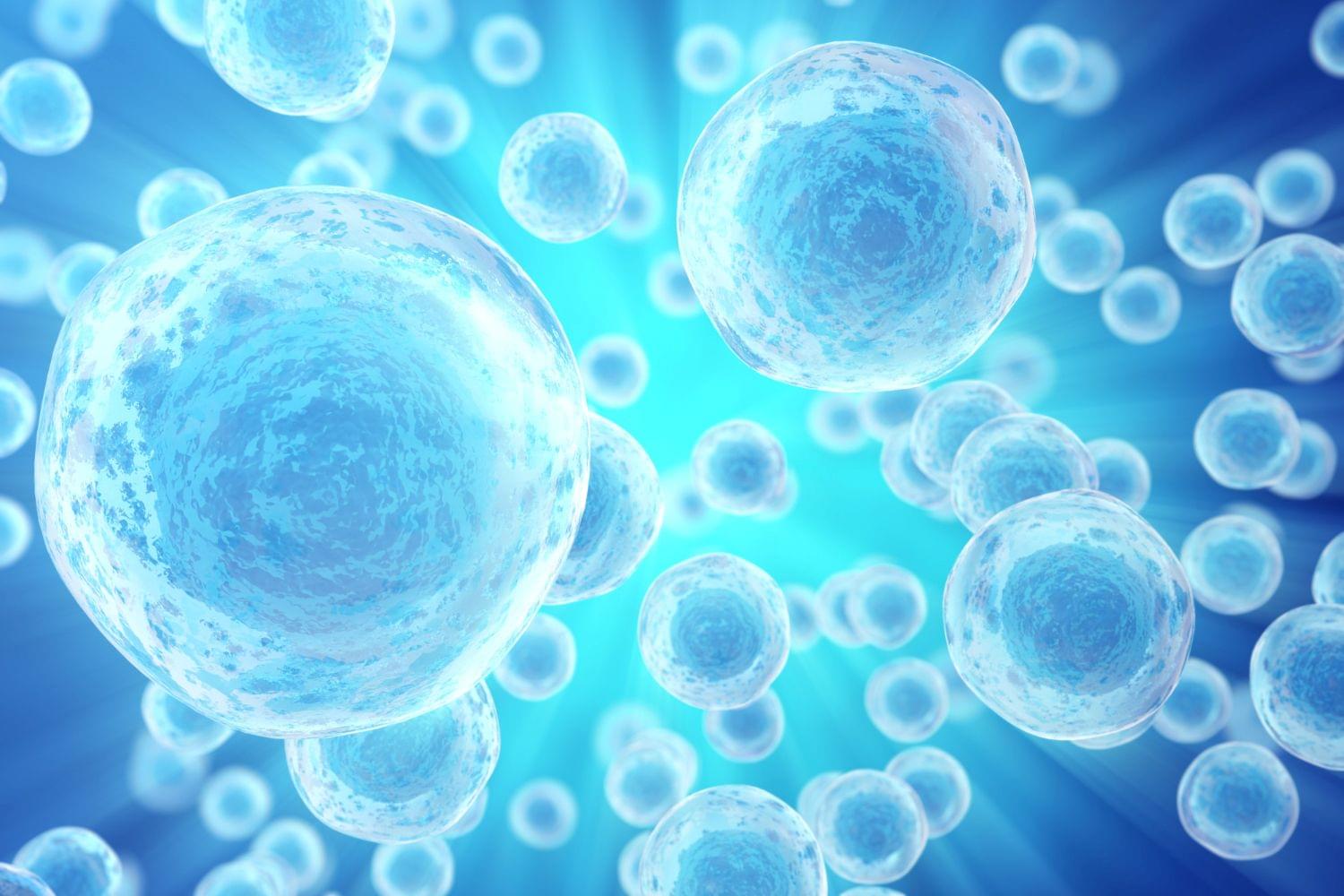


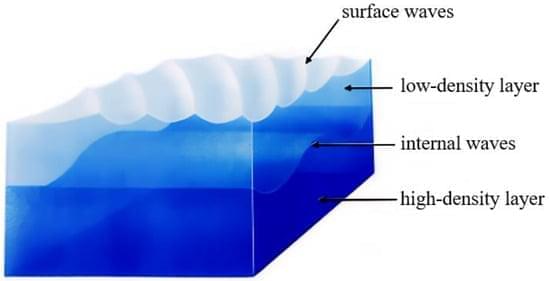
Synthetic aperture radar (SAR) is an important tool for observing the oceanic internal wave phenomenon. However, owing to the unstable imaging quality of SAR on oceanic internal waves, the texture details of internal wave images are usually unclear, which is not conducive to the subsequent applications of the images. To cope with this problem, a texture enhancement method for oceanic internal wave SAR images is proposed in this paper, which is based on non-local mean (NLM) filtering and texture layer enhancement (TLE). Since the strong speckle noise commonly present in internal wave images is simultaneously enhanced during texture enhancement, resulting in degraded image quality, NLM filtering is first performed to suppress speckle noise.
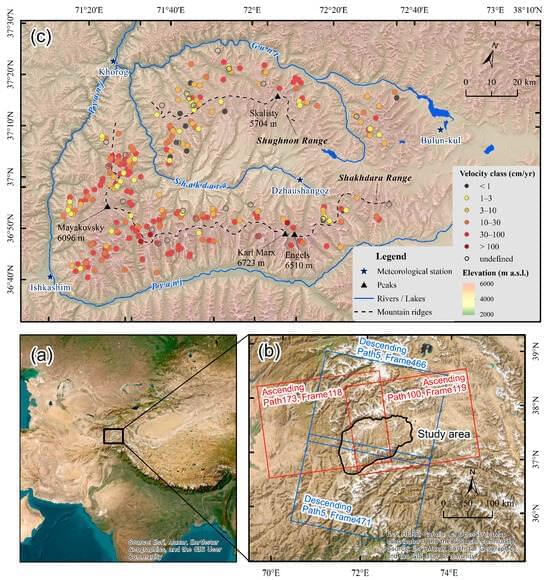
Although rock glaciers (RGs) are prevalent in the southwestern Pamirs, systematic studies on them are scarce. This article introduces the first inventory of RGs in the southwestern Pamirs, situated at the western edge of the High Mountain Asia region. The inventory, established through a combination of Google Earth optical imagery and Interferometric Synthetic Aperture Radar (InSAR) techniques, encompasses details on the locations, geomorphological parameters, and kinematic attributes of RGs. A total of 275 RGs were cataloged in an area of 55.52 km2 from 3,620 to 5,210 m in altitude. Our inventory shows that most RGs in this region are talus-connected (213 landforms), with the highest frequency facing northeast (23%). The distribution of RGs thins from west to east and is more abundant in higher altitudes.


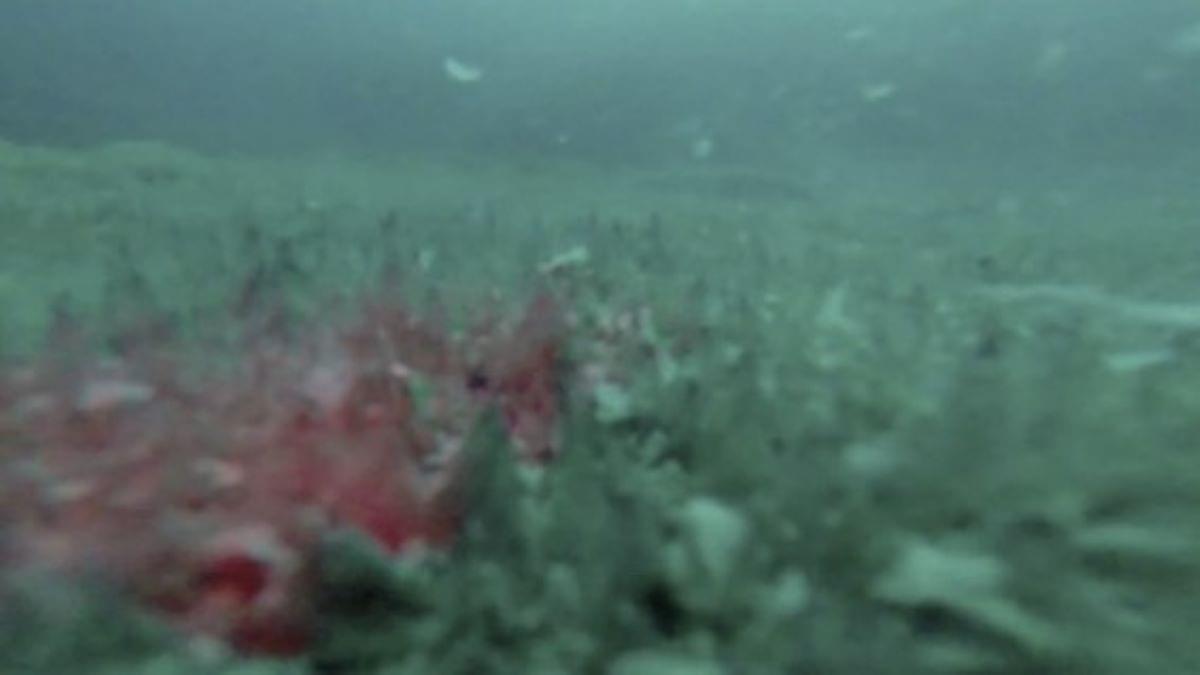
Welcome to a mesmerizing journey through a Blade Runner-inspired dreamscape—a world where neon lights shimmer through the mist, distant echoes whisper forgotten stories, and every moment invites you to drift beyond the boundaries of reality. Step in, let go, and lose yourself in the glow of the future.
Check out the channel for many more videos here:
/ @strangeworldsambience.
And if you’d like to keep the creator fully sharp and focused on his work why not buy him a coffee :
https://ko-fi.com/strangeworldsambience.
FILTER official YouTube channel: / @officialfilter.
LIKE, SUBSCRIBE and be NOTIFIED, to feed creativity and keep the ambient journey alive!